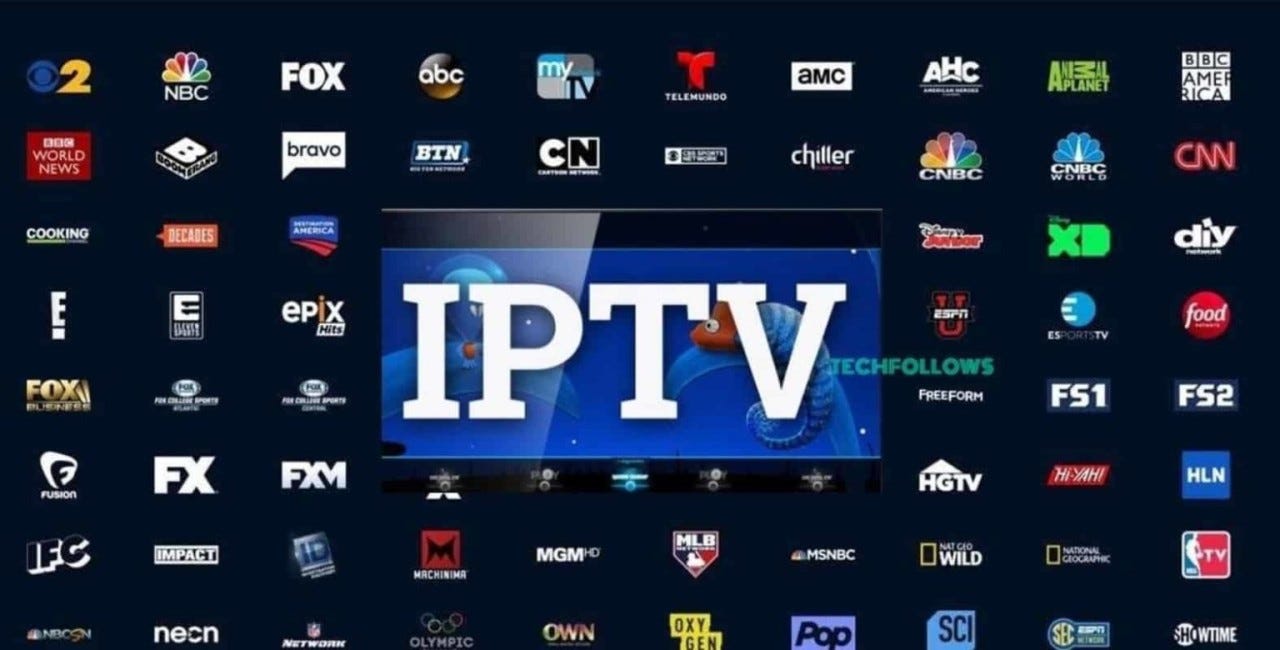Experience Smooth Streaming: Sign Up for Our IPTV Subscription
Wiki Article
How IPTV Works: A Step-by-Step Guide to Web Protocol Television Technology
Web Protocol Television (IPTV) has changed the method we eat television material, offering a new world of possibilities with the power of the net. Understanding the details of how IPTV works can clarify the technology that drives this ingenious kind of media delivery. From the fundamental concepts of IPTV to the intricate process of material shipment, each step plays a crucial role in guaranteeing a smooth viewing experience. In this guide, we will certainly discover the hidden devices that make IPTV a fascinating blend of innovation and enjoyment.IPTV Fundamentals
In recognizing IPTV basics, it is pivotal to realize the fundamental workings of this modern technology in delivering television web content over the internet. IPTV, which means Web Method Tv, makes use of Internet Method (IP) networks to transmit television material to individuals' gadgets. Unlike typical approaches of relaying tv material through cable television or satellite signals, IPTV streams media through high-speed internet links.
In addition, IPTV allows for interactive capacities, such as video on demand (VOD) and digital program overviews (EPG), enhancing the customer experience by giving even more control and versatility in accessing content. On the whole, recognizing the basics of IPTV establishes the foundation for exploring its advanced capabilities and the benefits it offers to contemporary television intake.
Material Distribution Process
Reliable material delivery in IPTV systems includes a well-structured procedure that makes sure seamless transmission of tv content over IP networks. The material delivery process in IPTV starts with the development of the video clip material, which is after that encoded right into digital format appropriate for IP transmission. This encoded web content is then firmly kept on web servers referred to as media web servers. When a customer requests specific content, the IPTV system retrieves the requested data from the media servers and delivers it to the viewer's device over the net.
Middleware Performance
With the combination of middleware, IPTV systems gain improved performance that streamlines customer communication and web content management. One of the crucial features of middleware in IPTV is to allow customized individual experiences by providing attributes such as interactive program overviews, video-on-demand solutions, interactive marketing, and individual preferences management.
Device Compatibility
Given the pivotal duty of middleware in enabling seamless interaction and web content management in IPTV systems, a vital element to consider is the compatibility of tools made use of for accessing the IPTV solutions. Gadget compatibility is crucial for making certain a smooth customer experience and optimal performance when accessing IPTV web content.In the context of IPTV, device compatibility describes the ability of a device to effectively connect with the IPTV solution, display material correctly, and sustain the necessary methods and codecs for streaming video clip content online. Various devices, such as smart Televisions, set-top boxes, smartphones, tablet computers, and computer systems, may have differing levels of compatibility with IPTV solutions.
To ensure a smooth watching experience, it is essential for users to choose gadgets that work with the specific IPTV solution they are utilizing. In addition, IPTV company should use support for a wide weblink variety of devices to satisfy the diverse needs of their user base. By focusing on tool compatibility, both users and provider can enhance the total IPTV experience.
High Quality of Solution (QoS)
Taking into consideration the essential function of preserving a high requirement of performance and reliability in IPTV systems, making sure constant Quality of Service (QoS) continues to be a fundamental element of the user experience. QoS in IPTV refers to the capability of the system to deliver material with marginal interruptions, high resolution, and quick packing times. To accomplish ideal QoS, numerous variables need to be resolved. Network transmission capacity is important to sustain top quality video clip streaming without buffering or pixelation. Additionally, latency, jitter, and packet loss have to be Look At This lessened to boost the seeing experience.Service companies use QoS systems such as website traffic prioritization, buffering, and error correction to preserve a stable IPTV solution. By prioritizing IPTV web traffic over less time-sensitive information, carriers can guarantee smooth playback also throughout height usage hours. Buffering aids make up for network fluctuations, while error correction strategies enhance information stability.
Constant tracking and optimization of QoS parameters are vital to adapt to web link transforming network conditions and individual demands. Inevitably, a robust QoS structure is important for delivering a seamless and delightful IPTV experience to customers.
Final Thought
In final thought, IPTV operates through the transmission of television material over internet protocol networks. Quality of Solution plays a crucial role in maintaining the effectiveness and dependability of IPTV solutions - IPTV subscription.Report this wiki page